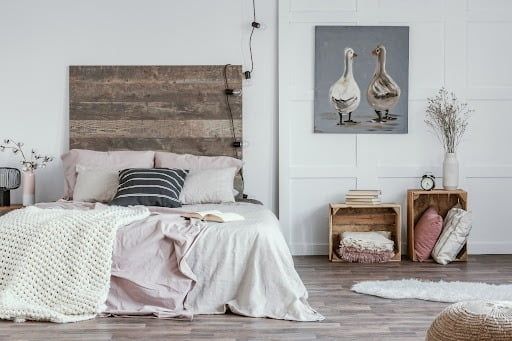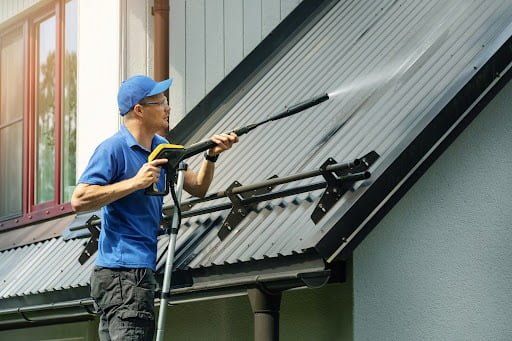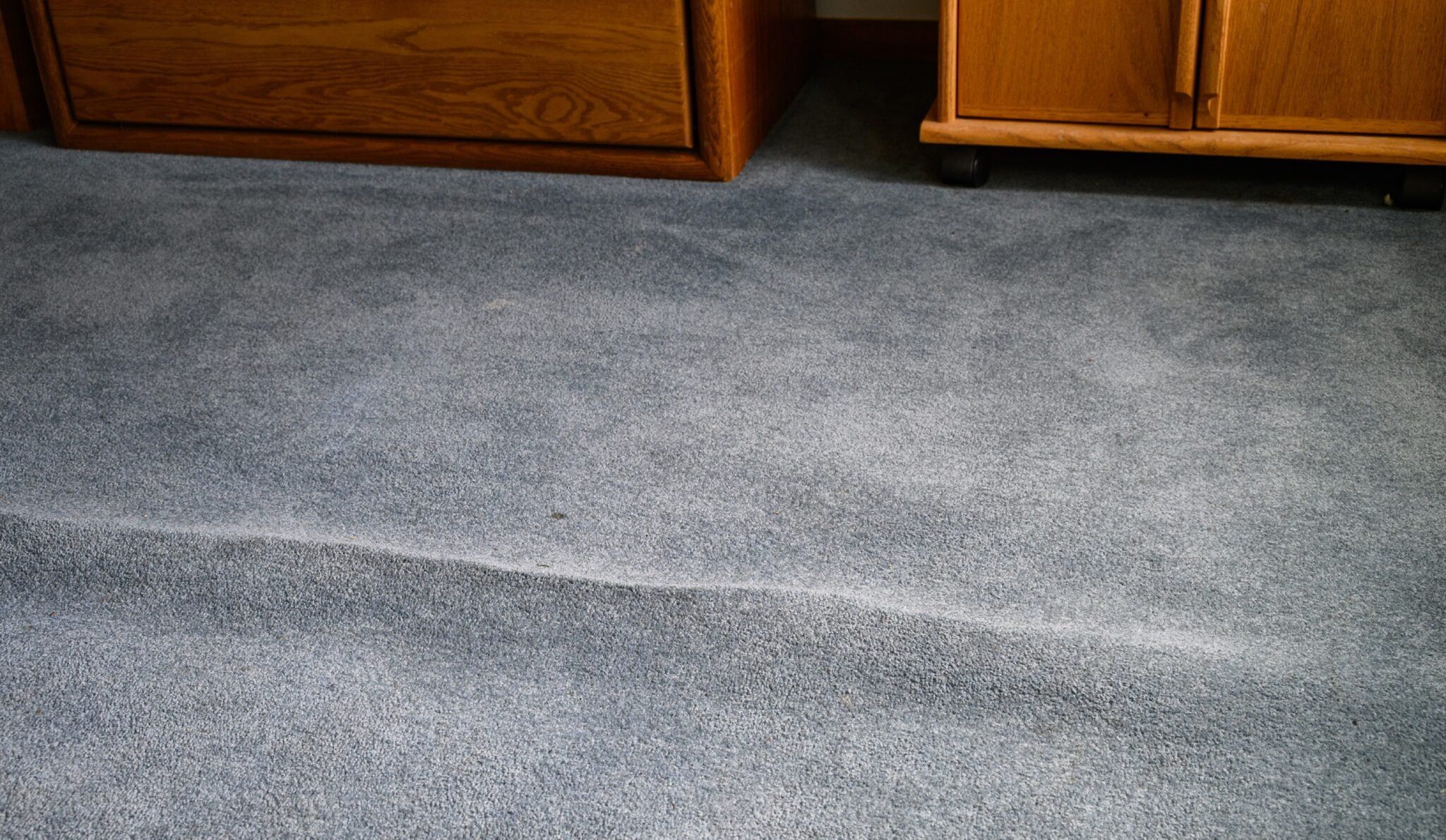It is common knowledge that moving houses is one of the most stressful things a person can do. Hence, it is important that you take the time to plan the entire process. It doesn’t always have to be that difficult, though! In fact, there are many things you can do to be able to successfully move without having to spend many hours planning it out!
Below, you will find some of the most important tips to remember in order to make a house move easy, no matter how much time you have before moving day!
What Do I Do When I Have To Move Houses On Short Notice?
Here are some tips to remember when moving houses on short notice.
Identify Your Necessities And Pack Them Up First
One of the most difficult parts of moving is the packing process that comes before the actual move. After all, you will need to take a few days to make sure you have everything packed up and ready to go. However, there is an easier approach that may just work out for you!
When packing up your necessities, it is best to start with items that are fragile and breakable. This will help you avoid any damage in the process of moving them from one place to another. After identifying what should be packed first, pack everything into boxes as quickly and efficiently as possible. It would also be a good idea to pack up a few of your favorite things to help make the transition back into the new home more pleasant.
Temporarily Move Everything Else Into Self Storage
Once you have sorted out your necessities, you may look into putting them in self-storage for the meantime. This will make the move much easier, and it will take less time because you won’t have to go through all your items all at once.
Instead, you can sort through your stuff and declutter as necessary while you settle into your new place at the same time. That means you won’t have to worry about making hasty decisions and regret giving anything up immediately. That also means you won’t have to deal with unpacking your items in bulk! Instead, you can take your time with it and only move your stuff into the new place as you need them.
A self-storage unit will provide you with a convenient place to store your items and offer security and protection. You can choose from different types of storage facilities- either climate controlled or regular, depending on what is best for the material of your goods.
The Self Storage Association, a trade organization for self-storage in the United States also upholds its members to high standards of service, which means you can rest assured knowing your belongings are safe and secure in your chosen facility.
If you’re worried about the costs, you don’t have to be! According to WhatStorage, a website that connects users with the best self-storage companies in Nottingham, London, and several other cities in the UK, a good majority of self-storage facilities offer month-to-month contracts. That means you only pay for the time your items are in storage and not a year’s worth of rent upfront!
The best part? Self-storage costs are computed based on factors surrounding your storage needs (e.g., size of the unit, type of unit, length of stay, and location), thus ensuring you pay a fair amount.
Employ The Help Of A Moving Company
If you’re looking for a little outside assistance to make your move easier, it would be best if you hire the help of a moving company. They have employees that specialize in packing and carrying all those heavy items and knowing what is needed when it comes to loading certain goods onto their trucks.
With an expert’s help, you also won’t have to worry about being unable to pack up and move out in the short period you had allotted for the move. Furthermore, they can also help you store your items in a storage facility if need be.
Ensure Utilities Are Running At The New Place
Once you’ve finally managed to move in, make sure that the utilities (power, water, and gas) are running at your new place. This is a crucial step because you won’t be able to use any of the appliances or fixtures in your home without it.
So, be sure to call the utility companies concerned before moving day. That way, you won’t have to spend your first few nights in the dark without heating or water!
Hire Professionals To Clean Out Your Old Place
It is a good idea to hire professionals to clean out your old house before you move in. This will help eliminate any pests, germs, and odors that may have been present and make the home more appealing when it comes time for viewing potential buyers.
If you are moving into a property that has been previously occupied, you can also have professionals come in and clean out the old place for you. This ensures that you are moving into a clean home that has been sanitized for your comfort. There are also several Health Benefits To A Clean Home. This includes improved mental health, less risk for respiratory diseases, better sleep, a more active lifestyle, and man more.
Get Friends And Family To Help You Out
While most moving companies will be able to handle your move without a problem, having some friends and family over to help you out can make the process so much quicker. This is because there will be more people working to get you all packed up and moved out!
Do remember, though, that you will want to ask for the help of people who are physically capable of lifting heavy objects and can offer an extra pair of hands. After all, you don’t want to have an injured family member on your hands.
Have A Plan For Your Kids Or Pets On Moving Day
If you have small children or animals, it might be good to hire someone to take care of them during your move. This way, you can move around and make sure everything is running smoothly without having to worry about your kids or pets.
If you are moving to a new neighborhood or city, it might be best if your kids or pets make the move with you instead of staying at home. Not only will this give them an idea of where they’ll be living next, but it will also help ease their anxiety about being in a new place.
If you are choosing the second option, though, here are some tips you will want to keep in mind:
- Keep your child entertained and occupied with some toys, books, or even some easy-to-handle moving tasks.
- Always keep some snacks and drinks handy for the road. You never know when your kids are going to go thirsty or hungry, after all!
- Make sure your pets are cool and comfortable during the drive to your new house. Putting them somewhere cramped and warm may leave them feeling uneasy and uncomfortable, which will, in turn, lead to them feeling more anxious and stressed. Here are some ways to tell if your dog is stressed.
- Do not feed your pet big meals on moving day. Instead, feed them smaller portions more frequently to ensure they are still sated without having to worry about them getting sick or having an upset stomach throughout the day.
Final Thoughts
Now that you’ve got a plan for this quick, last-minute move, it’s time to start packing. It might seem like a lot, but remember that it’s all worth it at the end when you have a new home waiting for you!
Also, remember to relax! While moving on short notice truly is hectic and stressful, it’s always better to take the time to enjoy yourself. Trust that things will turn out just fine.
Meanwhile, if you are planning on making some changes to your new place, here are 4 Home Improvements You Should Invest In.
Bluegrass Company
https://www.google.com/maps?cid=1536571363059009812
3323 Wood Valley Ct, Lexington, KY 40502
(859) 888-1515
http://155.138.213.92/









